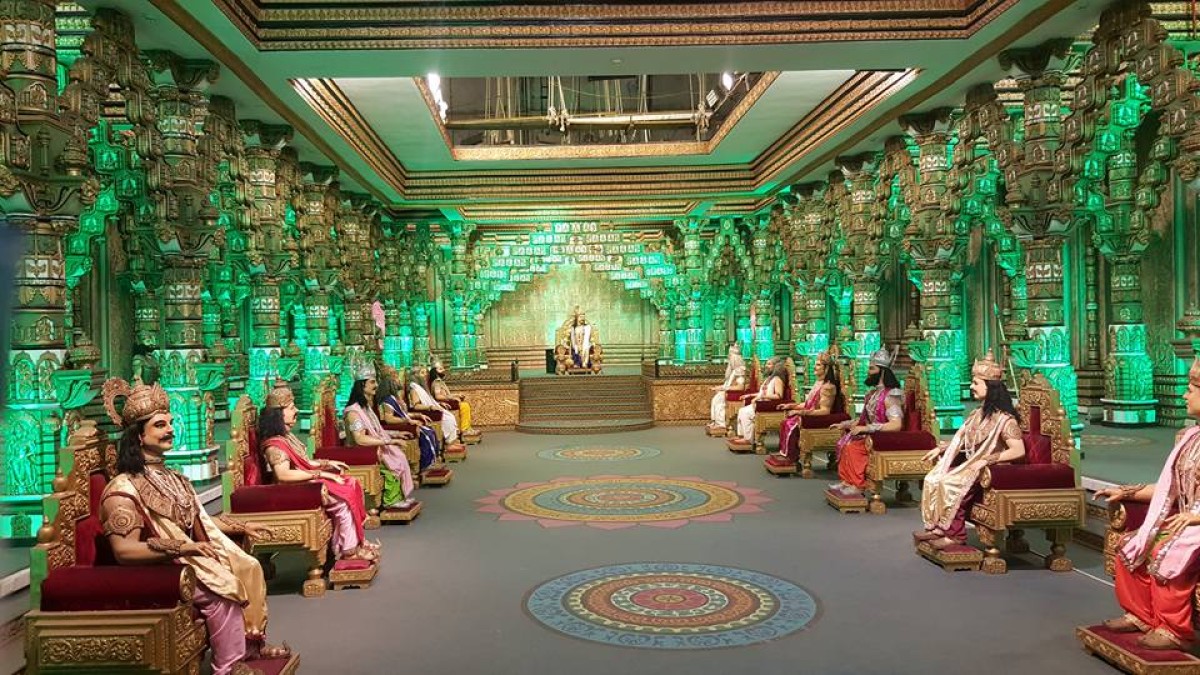
Tour feature: 5th century Gopali tribal culture and their traditional villages in Chitlang valley, boating, fishing and waterfall observation in Kulekhani, ancient Mithila arts and paintings, ancient mythical kingdom Mithila, feast and divine festivals, artistic colorful ancient monuments and mud-houses in Mithila and surrounding villages, 11th to 14th century kingdom of Karnat dynasty I Saimraungadh, ruined forts, ancient arts and temples, wildlife tour in Koshi Tappu Wildlife Reserve, beautiful tea gardens, sunrise scenery and Rai Kiranti and Limbu tribal culture, pony ride in tea garden, wonderful landscape, Halesi Mahadev caves temple; the combined holy shrine of Hindu, Buddhist and Kiranti, Everest panorama of all over 8000m Himalaya range of Nepal, medieval era artistic city of Kathmandu valley. optional rafting opportunity in Sunkoshi River.
Trip onformation: This tour is also known as Mithila Arts and Painting Tour, Mithila Divine kingdom tour and Tea Garden Tour. The trip is the combination of ancient monuments, colorful traditional artistic villages, divine kingdom and medieval era royal cities, several tribal culture and typical lifestyle, thrilling Himalaya panorama, wonderful landscape, lakes, waterfalls and wildlife tour etc. You will see very interesting World Heritage archaeological sites in Kathmandu valley, interesting ancient colorful monument sites, traditional villages with engraved colorful mud wall houses, classic Mithila Mural Arts, paintings, classic culture and typical lifestyle of Madhesi people in the 1100 to 500 century BC mythical divine kingdom Mithila, also known as Janakpur and the kingdom of devotees of Lord Ram and Goddess Sita. We visit Simraungadh - the 11th to 14th century sophisticated capital city of Karnat dynasty where we see ruined fort, artistic colorful temples, statues and beautiful ponds.
Beautiful tea gardens, wonderful hills and hillocks and interesting Rai and Limbu culture in eastern Nepal and wildlife safari especially wild buffalo, birds, amphibians, wetland species and Koshi flood plain in Koshi Tappu Wildlife Reserve are also the attraction of the tour. We also visit and observe the Gopali tribal village, their classic culture and typical lifestyle in Chitlang valley. We will have motorboating in Nepal’s biggest man-made lake Kulekhani hydropower dam and will see Mohini waterfall and large grassland there in the beautiful gold trade route valley. You will have great experience of wonderful nature, classic culture and typical public lifestyle etc. The tour during Chhat Festival in eastern terai (October-November) and divine wedding of Lord Ram and Goddess Sita in Janakpur (November-December), can be even more interesting with wonderful ritual activities. These festival are celebrated for about a week. Particular date of the festivals falls as per lunar calendar.
Bhedetar is a famous tourists destination in eastern Nepal where many tourists from Nepal and India visit this beautiful place especially during summer to avoid extreme heat of lowland. Halesi Mahadev in Khotang district just southwest of Mt. Everest and east of Kathmandu, is one of the most important and combined holy shrine of Hindu, Kiranti and Buddhist. This shrine is the natural caves where many Hindu, Buddhist and Kiranti tribes perform lots of rituals here throughout the year.
Halesi Mahadev caves: 'Halesi' is the famous combined holy shrine of Hindu, Kiranti and Buddhist that lies in Khotang district just185km southwest of Mt. Everest and 140km east of Kathmandu. In fact, this is the interesting place of natural caves which is 21m below the surface. Hindu worship there as a lord Shiva which is widely known as 'Halesi Mahadev' and the Pashupatinath of eastern Nepal. Rai Kiranti tribe worship it as their ancestral deity while Buddhist as a Guru Padmasambhava. As per the Hindu belief, Lord Shiva meditated here. Kiranti believe that their ancester Khokchilipa used to stay here. As per the Buddhist belief, Guru Padmasambhava and Mandarava attained here the knowledge of longevity which is said to be mentioned in 12th century Himalayan literature.
Thousands of devotees in yellow robes visit this holy shrine in the month of Shrawan (July-August) to pay homage to the Lord Shiva. Numerous festivals are held here all year round like Shivaratri, Bala Chaturdashi, Rama Navami and Ganesh Chaturthi etc. Similarly lots of rituals performed throughout the year by Kiranti and Buddhist.
Brief itinerary (average driving: 5-7 hour / deluxe AC bus)
Day 01. Arrive Kathmandu (1340m), Kathmandu Durbar Square and Swoyambhunath tour, 5* hotel
Day 02: KTM- Adinath - Chobhar Gorge Jal Vinayak- Shesh Narayan- Dakshinkali-Kulekhani (1560m), 50km, 3 hour, 3* level hotel
Day 03: Boating, fishing, waterfall tour in Kulekhani, 3* level hotel
Day 04: Kulekhani - Chitlang - Gopali village and culture tour - Simara, 142km, 6.5 hour, 3* luxury hotel
Day 05: Simara - Simraungadh - Bardibas, 160km, approx. 5 hour, 3* hotel
Day 06: Explore Mithila, traditional villages and classic culture, round trip 75km, 2 hour, 3* hotel
Day 07: Bardibas - wildlife safari in Koshi Tappu Reserve - Birtamode, 260km, 7 hour, 3* hotel
Day 08: Birtamode-Kanyam, explore tea gardens & Kiranti tribal culture, 48km, 1.5 hour, 3* level resort
Day 09: Kanyam - Dhankuta Hile, 202km, 6 hour, 3* level resort
Day 10: Dhakuta Hile - Halesi, 212km, 7 hour, 3* level luxury resort
Day 11: Halesi - Mulkot, 122km, 4.5 hour, 3* level luxury resort
Day 12: Mulkot - Bhaktapur - Patan - Kathmandu, 100km, 3.5 hour, 5* hotel
Day 13: Sightseeing in Kathmandu / Pashupatinath, Bouddhanath & Budhanilkantha, 5* hotel
Day 14: Fly back home or open for next program
Detailed itinerary
Day 01. Arrive Kathmandu (1340m), sightseeing in Kathmandu, 5* hotel
Arrive Kathmandu, transfer to hotel, after check in hotel and little rest at the hotel, we visit Kathmandu Durbar Square then Kalimati Agro-market in the afternoon. Dinner and overnight.
Kathmandu Durbar Square: In the heart of the old city: the Durbar, that is "the square of the royal court", where it seems to go back in time. In the Durbar square, there are more than fifty temples and monuments and among these stands, the magnificent Temple of Taleju, which houses the deity of the royal family and which is possible to visit only externally. Its three roofs are covered with gilded copper and a series of jingling bells makes the atmosphere even more magical. It was built by King Mahendra Malla between 1549 and 1596 and dedicated to the Goddess Taleju Bhawani. The Kasthamandap, whose name means "wooden house", was built in the 12th century and it was King Laxmi Nar Singh Malla who wanted its construction with the wood of a single "sal" tree. Initially ceremonies were held in the building and it was the meeting place of the foreigners who participated in it and only later was it dedicated to Gorakhnath but due to 2015 earthquake, some of the monuments including this are totally collapsed. Tiny temple of Ashok Binayak with no spire is also known as Maru Ganesh, a deity much loved by the Nepalese, the elephant-headed god. Returning further to the square is the Temple of Shiva. Still in the square, the old Royal Palace, the Hanuman Dhoka (the monkey god) who was built in the 17th century by King Pratap Malla, although over the years they have been made several improvements and additions. Near the square, the Kumari Temple palace, a monastic building built in the mid-18th century and a masterpiece of Newari art, with richly carved wooden windows. Here lives the living goddess, or Kumari, incarnation of Taleju Bhawani, the protective goddess of the royal family, manifestation of Goddess Durga.
Swoyambhunath stupa: Swoyambhunath stupa located atop a hill west of the capital and the rising of this temple is of fundamental importance for the inhabitants of Nepal. Legend has it that many years ago, when the Kathmandu valley was a Tethyan lake, here was a beautiful lotus flower which had a blue beam of light. That flower was a god, a manifestation of Swoyambhu (the land created itself at the middle of the Tethyan ocean), the the original, primordial, Adi Buddha. Manjusri, which wanted to smell the flowers, to approach with his sword cut off the waters of the lake thus making the birth of the Kathmandu Valley. Manjusri then built the temple Swoyambunath of just where the lotus flower was shining, he founded the city of Kathmandu and then returned to China. Then we return to the hotel. Dinner and overnight.
Day 02: Kathmandu - Adinath - Chobhar Gorge Jal Vinayal- Shesh Narayan- Dakshinkali-Kulekhani (1560m), 50km, 3 hour, 3* category hotel in prime location
Have breakfast, check out hotel. First, we visit the monuments of the Kathmandu valley like Adhinath temple, Chobhar gorge, Jal Vinayak, Shesh Narayan and Dakshinkali then drive directly to Kulekhani damsite- the Nepal’s biggest man-made lake through beautiful forests, hills and hillocks, river valleys, terraced farmlands, villages and towns. We may have lunch probably in Pharping area. Hotel is located in the bank of the lake from where we can observe wonderful scenery of the lake, settlements and wonderful landscape. Dinner and overnight. Below is the short information of the places to be visited today.
Adinath, Chobar gorge and Jal Vinayak: Buddhist Adinath Temple was built in the fifteenth century and dedicated to Adhi Buddha, the first Buddha. The characteristic of this temple is given by the fact that the axes hanging from the roofs of the temple hangs a series of tools, such as pots, jars and containers metal for the water. Apparently these are the gifts offered to the newlyweds in order to live happily on their marriage life. Chobhar is the famous limestone narrow gorge where the water of all the rivers of the entire Kathmandu valley drains out. There are interesting caves in the hanging limestone cliffs, beautiful gardens, red color offered holy rocks, one of the most important temples of the valley Jal Vinayak (belongs to elephant headed God Ganesh) with lots of interesting ritual activities, beautiful hills, pine forests, villages and towns.
Shesh Narayan: Lying between Pharping monastic valley and Dakshinkali, one of the most important temples of Lord Vishnu believed to be founded in 6th century, Shesh Narayan is in the interesting limestone hanging cave where we see series of small temples, boulders, peaceful forest, prayer wheels, monastery and water tanks for washing clothes. There is a small statue of the Sun God semi submerged in a holy pond where we see beautiful colorful fishes.
Dakshinkali: Lying on the 30km south of core area of Kathmandu, Goddess Kali the most ferocious manifestation of Goddess Parvati, Dakshinkali is one of the most important and most powerful goddesses in the Kathmandu valley also known as the wish making deity and the temple of bleeding where male animals (not ox) are sacrificed mainly on Saturday. Many devotees visit the temple to pay homage to the goddess for their wish successful and happy life. The place is very beautiful surrounded in the forested hilly valley where we see many pilgrims, beggars, sadhus, stalls and local agro-market. On the top of the hill, there is the temple of mother goddess from where we see beautiful view of the lush green valley.
Day 03: Boating, fishing, waterfall tour in Kulekhani, 3* category hotel in prime location
After breakfast, we go to the shore of the lake for motorboating then hike/drive to the Mohini waterfall, we can have lunch at any restaurant by the shore from where we can see wonderful view of the lake with islands, magical landscape and beautiful settlements around the lake. After the day tour return to the hotel, dinner and overnight.
This valley is widely known as Chitlang valley where the lower valley has a Nepal’s biggest man-made lake Kulekhani (7km long) that is built for hydropower. This is really a beautiful lake with some interesting islands where we can do traditional boating, motorboating, fishing, filming, walk and drive around, camping with camp fire by the shore. Beautiful Mohini waterfall is close to the lake to be accesses by road or boating with about half hour walk. Beautiful lake, exciting waterfalls, wonderful landscape, lush green hidden valley, traditional goat farming, goat cheese factory, large grassland, Bajrabarahi temple premises, traditional water fountains, traditional villages, vegetable farming, traditional cottage restaurants and lifestyle of locals are the attraction of the valley.
Day 04: Kulekhani - Chitlang - Gopali village and culture tour - Simara, 142km, 6.5 hour, 3* luxury hotel
After breakfast, check out hotel, we drive through beautiful large grasslands, terraced farmlands, traditional villages, Gopali and their traditional village, beautiful Tistung Palung intermountain valleys, we follow Nepal’s oldest road Tribhuvan Highway, observe world’s highest located botanical garden Daman (2400m) and wonderful Himalaya panorama from the view tower of Everest Panorama Resort Daman. In a clear day, we can see all 8000m Himalaya peaks of Nepal from here with the help of powerful binoculars fixed at the view tower. After having lunch, we drive to Simara through beautiful forested hills, river valleys, farmlands, traditional villages, innumerable beautiful road bends, limestone-dolomite hanging cliffs, mines and holy shrines. Arrive Simara -the beautiful city of lowland at the foot of the Siwalik hill and check in one of the best hotels in the town. Dinner and overnight.
Gopali tribal heritages and Kulekhani hydro-dam Chitlang valley: Gopali are the close to the Newari tribes residing in the south-western hidden valley of Kathmandu who are the generation of first dynasty of Nepal ruled for 521 years in Kathmandu valley till early 3rd century. Before the Gopal dynasty, there was Tethyan ocean in Kathmandu valley. Gopali were the Gopals that means the cow herders who first ruled Kathmandu valley thereafter buffalo herders defeated and chased them to the southern side of the Kathmandu valley. Then they settled here for centuries. This was the shortest and safest route between India and Tibet which was popularly known as salt - gold route. After building up the Tribhuvan Highway between Kathmandu and Hetauda in 1950s, this route fell in shadow. They are practicing animal husbandry and traditional agriculture. They have traditional houses, particular costumes, typical dishes and tribal languages. They have very interesting traditional villages, ancient artistic temples, ruined houses, waterspouts and cobbled streets where we can see their classic culture and typical tribal lifestyle.
This valley is widely known as Chitlang valley where the lower valley has a Nepal’s biggest man-made lake Kulekhani (7km long) that is built for hydropower. This is really a beautiful lake with some interesting islands where can do traditional boating, motorboating, fishing, filming, walk around and camping by the shore. Beautiful Mohini waterfall is close to the lake to be accesses by road or boating and about half hour walk. Beautiful lake, exciting waterfalls, wonderful landscape, lush green hidden valley, Traditional goat farming, goat cheese factory, large grassland, Bajrabarahi temple premises, traditional water fountains, traditional villages, vegetable farming, traditional cottage restaurants, typical lifestyle of Gopali and other tribes are the attraction of the valley.
Day 05: Simara - Simraungadh - Bardibas, 160km, approx. 5 hour, 3* hotel
After having breakfast, drive to Pathlaiya then follow the Kalaiya road to reach historical place Simraungadh. We visit ruined fort, artistic temples, statues and beautiful ponds there. After visiting this lost kingdom of Karnat dynasty, we drive to Nijgadh, depending on time, we may have lunch here then we drive continue to Bardibas. Check in hotel, dinner and overnight.
Simraungadh: Simraungadh was the most powerful fortified Hindu kingdom of Karnat dynasty founded by the Karnatak king Nanyadeva in 1097. It was the sophisticated independent capital of Tirhut or Doya or Mithila lying in the south-eastern region of Nepal. The boundary of this state was Gandaki to the west, Ganges to the south, Mahananda River to the east and the Himalaya to the north. One of the most powerful independent states of Nepal, Tirhut and its capital Simraungadh from 11th to 14th century, was very rich in vast treasure of religious artistic monuments, economic prosperity and advance skill in artisan. It is believed that the snake god had gifted the vast treasure of wealth to the king of this state. In early 14th century, Indian Muslim Sultan Tughlaq and his military looted the property and totally destroyed this beautiful state and burned all the food stored in the kingdom. Thereafter we do not see any eveidence of ruling by other dynasty there but it is said that in early 19th century, the first Rana prime minister of Nepal built the temple here using the leftover objects of the temples and forts. We still see the ruined forts, artistic temples, statues, beautiful ponds there.
Day 06: Explore Mithila, traditional villages and classic culture, round trip 75km, 2 hour, 3* hotel
Have breakfast, drive to holy city Janakpur through towns, traditional villages and farmlands. This is the birthplace of goddess Sita; the consort of Lord Ram and the city of temples and ponds. Visit Janaki Temple complex and Kuwa Arts and Painting center, lunch in Janakpur, return to hotel, dinner and overnight.
Ancient mythical kingdom -Mithila: Mithila was the mythical kingdom of divine king Janak in Vedic period 1100-500 century BC. He was very kind and popular king for justice. Due to the curse of sage, during his reign was terrible famine for long time. It was told that the religious ritual Ýagya' could be the only solution of the problem. After the ritual performance, divine king Janak ploughed the field and a tiny baby girl- came from the ploughing field. The king had no any child, and he grew her up as a daughter. She was the incarnation of Goddess of wealth Laxmi- the consort of Lord Vishnu. Her name was Sita. Thereafter Lord Ram, one of the incarnations of Lord Vishanu was born in Ayodhya, India, came there and married her.
There are many devotees of Goddess Sita and Lord Ram as well as the locals are so proud on being the people of the mythical kingdom. There are dozens of artistic colorful temples, beautiful holy ponds, royal court, the ancient and most attractive artistic Janaki temple, Ram-Janaki wedding temple, traditional colorful artistic mud-houses with clay tile roofs, ancient arts and paintings related to lifestyle of Lord Ram and Goddess Sita, Mural paintings and interesting typical lifestyle of locals. Chhat - the festival of offerings related to the sun God is the famous festival here falls in late October as per the lunar calendar. Similarly, Ram - Sita divine wedding is celebrated in Janaki temple premises in November as per the lunar calendar for about a week. There are several interesting feasts and festival celebrated all year round. This is the interesting place to visit for lifetime experience.
Day 07: Drive to Birtamode, 260km, approx. 6.5 hour, 3* hotel
After breakfast, drive to Birtamode through beautiful settlements, farmlands, river valleys, Koshi barrage and interesting colorful memorials. There is chance of wildlife safari in Koshi Tappu Wildlife Reserve which is famous for migratory birds, wild buffalo (Arna) and wetland species. Depending on time, we will have lunch in Itahari or somewhere else during travel. Along the road side, we see traditional villages, towns, artistic colorful temples with flags, several tribal and mix group people and their lifestyle, colorful memorials of deceased from Rai Limbu community, interesting Koshi barrage and beautiful river valleys. Check in hotel, dinner and overnight.
Day 08: Drive to Kanyam, explore tea gardens & Kiranti tribal culture, 48km, 1.5 hour, 3* category resort
Have breakfast, drive to Charali along East West Highway then head to north. We see numerous colorful concrete graves of Limbu tribes along the road side between Damak and Urlabari. Drive through beautiful villages, betelnut palms, cardamom bushes, domesticated grasslands, farmlands, forests and beautiful tea gardens. Picturesque Kanyam tea garden is really beautiful in several hills and hillocks that is famous for wonderful landscape, green scenery, picnic spot, photography & filming, honeymoon tour, pleasant climate and tea production and supply. Check in hotel. Have lunch then explore the beautiful tea garden and Kiranti culture. Pony tour in tea garden. Dinner and overnight.
Day 09: Drive to Dhankuta Hile, 202km, 6 hour, 3* level resort in prime location
Have breakfast then drive back to Itahari through beautiful tea gardens, hills, valleys, traditional villages, towns, monuments and forests. Have lunch then depending on time, we may visit the oldest Hindu shrines Barahakshetra at the bank of Koshi River. Barahakshetra means the area of holy boar God. As per the Hindu epic, this is the first Hindu shrines after picking up the earth from the cosmic ocean by the boar incarnation of Lord Vishnu. Hindu devotees around the globe, visit this land once in life to get nirvana. We see beautiful temples, wonderful landscape, pilgrims and rituals at the confluence of Koshi River and Koka River. Return to Itahari along the Chatara canal. Dinner and overnight.
Day 10: Dhakuta Hile - Halesi, 212km, 7 hour, 3* luxury resort in prime location
After breakfast, drive to Halesi through traditional villages, farmlands, river valleys, hills and forests. Lunch on the way. Check in hotel, dinner and overnight.
Day 11: Halesi - Mulkot, 122km, 4.5 hour, 3* level luxury resort
After breakfast, explore Halesi Mahadev holy caves then drive to Mulkot through beautiful hills, river valleys, farmlands and traditional villages. Arrive Mulkot, check in resort. Depending on time, you can have lunch on the way or here. You will have free time in the afternoon. During free time, you can enjoy swimming in pool or walk in the town nearby.
Halesi Mahadev caves: 'Halesi' is the famous combined holy shrine of Hindu, Kiranti and Buddhist that lies in Khotang district just185km southwest of Mt. Everest and 140km east of Kathmandu. In fact, this is the interesting place of natural caves which is 21m below the surface. Hindu worship there as a lord Shiva which is widely known as 'Halesi Mahadev' and the Pashupatinath of eastern Nepal. Rai Kiranti tribe worship it as their ancestral deity while Buddhist as a Guru Padmasambhava. As per the Hindu belief, Lord Shiva meditated here. Kiranti believe that their ancester Khokchilipa used to stay here. As per the Buddhist belief, Guru Padmasambhava and Mandarava attained here the knowledge of longevity which is said to be mentioned in 12th century Himalayan literature.
Thousands of devotees in yellow robes visit this holy shrine in the month of Shrawan (July-August) to pay homage to the Lord Shiva. Numerous festivals are held here all year round like Shivaratri, Bala Chaturdashi, Rama Navami and Ganesh Chaturthi etc. Similarly lots of rituals performed throughout the year by Kiranti and Buddhist.
Day 12: Mulkot - Bhaktapur - Patan - Kathmandu, 110km, 4 hour drive, 5* hotel
After breakfast, drive to Bhaktapur through river valleys, beautiful intermountain valleys, farmlands, colorful beautiful traditional villages, towns where we see wonderful landscape, beautiful road bends, lovely nature and typical lifestyle of locals. Explore Bhaktapur, have lunch then explore Patan. Drive back to Kathmandu, check in hotel. Dinner and overnight.
Bhaktapur: 15km to the east of Kathmandu, the city of Bhaktapur, also called Bhadgaon, the "city of devotees", is the ancient capital of one of the kingdoms of the valley. Here, one can really breathe the air of the past, because unlike Kathmandu, vehicles cannot circulate in the old city that is covered, therefore only on foot, and most of the buildings are wonderful examples of Newari architecture. It is certainly one of the most interesting places in Nepal, where it seems to return to the medieval era. It appears to have been founded in the 9th century by the legendary King Ananda Dev Malla and was the capital of the valley from the 14th to the 16th century. There are so many monuments like temples, palaces, culture history museum, buildings, water spouts, holy ponds, big bells, clay pottery and artistic stuffs in and around Bhaktapur Durbar Square, Dattatraya Square, Taumdhi Square and Pottery square. Similarly one can observe and experience typical lifestyle of local inhabitants Jyapu Newars working in and around.
Patan: 5km southeast of Kathmandu, Patan is known as the finest city of temples and palaces. It played an important role over the centuries, even when the valley was divided into many feudal kingdoms. In 1372 it was conquered by a king of the Malla dynasty named Jayasthiti who, after ten years, unified the valley bringing the capital to Bhaktapur. During the reign of the Malla, the beautiful temples and palaces were built. There are so many beautiful monuments like Krishna Temple, Bhimsen temple, royal palaces, Patan museum, several temples in the Patan Durbar Square, water fountains, Patan’s oldest and valley’s one of the two tallest temples Kumbheshwar Shiva Temple built in 1392 (spire damaged by 2015 earthquake), Golden Temple (Hiranya Varna Mahavihar) etc.
Day 13: Sightseeing in Kathmandu / Pashupatinath, Bouddhanath & Budhanilkantha, 5* hotel
The day is dedicated to explore artistic ancient interesting culture heritages in the Kathmandu valley; Pashupatinath, Bouddhanath and Budhanilkantha Narayan. After breakfast, we start the day from Pashupatinath temple premises. We will have lunch probably in Bouddhanath. Below is the brief information of the places we visit today thereafter we will return to the hotel.
Pashpatinath: Pashupatinath is the most important Hindu temple in the country, dedicated to one of the manifestations of Lord Shiva and is a shepherd of animals, men and a symbol of fertility. The temple stands on the bank of the Bagmati river (born from the mouth of Shiva), where cremations take place. In the complex there is the Golden Temple, one of the most sacred temples of Nepal, whose access is allowed only to Hindus. Around the temple premises, there are hundreds of shrines built up in different dates from 5th century to the present.
Bouddhanath Stupa: Here is the largest Tibetan community in Nepal, of which motions, have come here following the invasion of their country by China. The origin of this stupa is still unknown although it appears to have been built in the sixth century, at the time of the Tibetan king Srongsten Gompa, who had converted to Buddhism after marrying two wives, one Chinese and one Nepalese ‘Bhrikuti Tara’, both of Buddhist faith. It is the majestic largest stupa in Nepal. It was collapsed in 2015 earthquake but it’s rapidly rebuilt within 2 years in its original shape and size. Around the great stupa, many monasteries and shops have sprung up and every day dozens of faithful walk around its perimeter in a clockwise direction. The large white cap is often streaked with yellow / orange: it is the saffron powder thrown by the faithful as an act of devotion in honor of Buddha.
Budhanikantha: Budhanikantha is a sacred place where only the Hindus faithful of Vishnu converge, the god of a thousand names, of various forms and incarnations who is also presented as the god Narayan lying on the cosmic ocean. In this temple, the stone statue of Vishnu lies stretched out in a tub full of water, on a bed formed by the coils of the eleven-headed serpent Ananta. Many are the faithful who come to this place, because this statue is loved and venerated throughout the valley. Only a man cannot see it and it is the king who only dared (representing himself an incarnation of Vishnu), would die from electrocution. Legend has it that the statue was found by a farmer ploughing his field. His ploughshare bumped into something and he started to ooze blood and then he started digging and found the statue. It is about 5 meters high and could date back to the 7th century, at the time of the Licchavi.
Day 14: Fly back home or open for next program
After breakfast, program is over, transfer to airport, fly back home.
Entire trip cost per person (USD): $2,799 // 1pax complimentary in every 10 paid guests in group.
Trip cost includes: All accommodation (double / twin sharing basis) and food; three meals a day -breakfast, lunch and dinner (except bar bill), insured crew (guides, assistant and drivers), all essential permits, city tour, all domestic transportation as per the itinerary, service charge and government taxes.
Trip cost does not include: International airfare, Nepal visa, your travel insurance, personal expenses (like laundry, communication, alcohol, cold drinks), tips to serving crew, emergency evacuation, extra cost due to natural and political causes such as landslides, unrest, strikes etc, expenses of extra hotel & other services abandoning the trip before/after scheduled, and cost not mentioned in includes section.
5th century Gopali tribal culture and their traditional villages in Chitlang valley, boating, fishing and waterfall observation in Kulekhani, ancient Mithila arts and paintings, ancient mythical kingdom Mithila, feast and divine festivals, artistic colorful ancient monuments and mud-houses in Mithila and surrounding villages, 11th to 14th century kingdom of Karnat dynasty I Saimraungadh, ruined forts, ancient arts and temples, wildlife tour in Koshi Tappu Wildlife Reserve, beautiful tea gardens, sunrise scenery and Rai Kiranti and Limbu tribal culture, pony ride in tea garden, wonderful landscape, Halesi Mahadev caves temple; the combined holy shrine of Hindu, Buddhist and Kiranti, Everest panorama of all over 8000m Himalaya range of Nepal, medieval era artistic city of Kathmandu valley. optional rafting opportunity in Sunkoshi River.
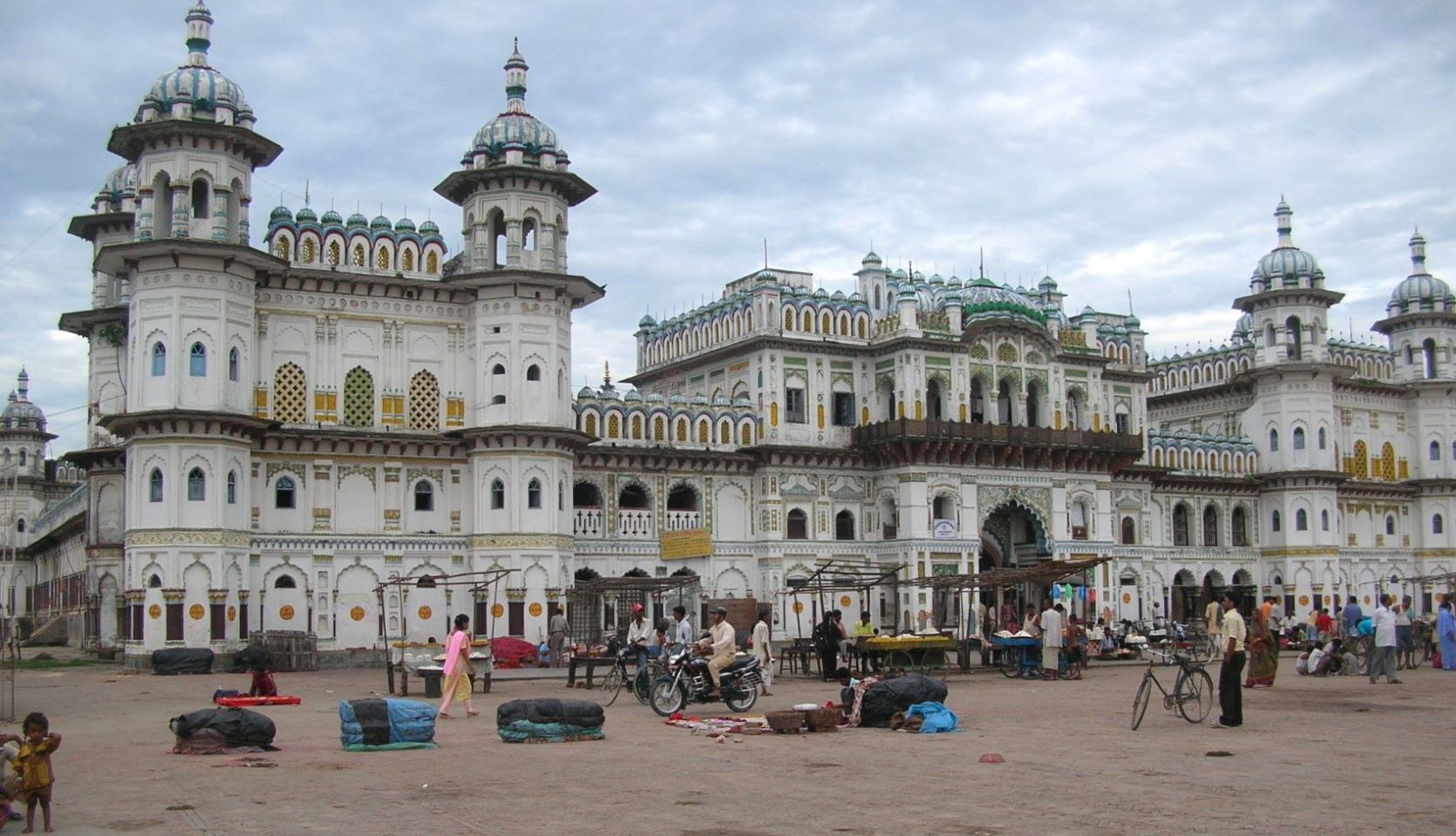
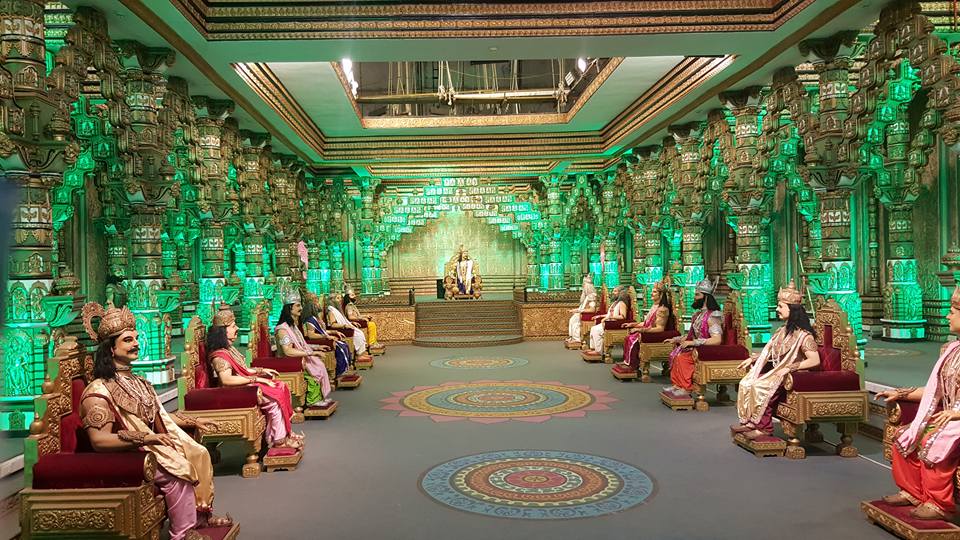
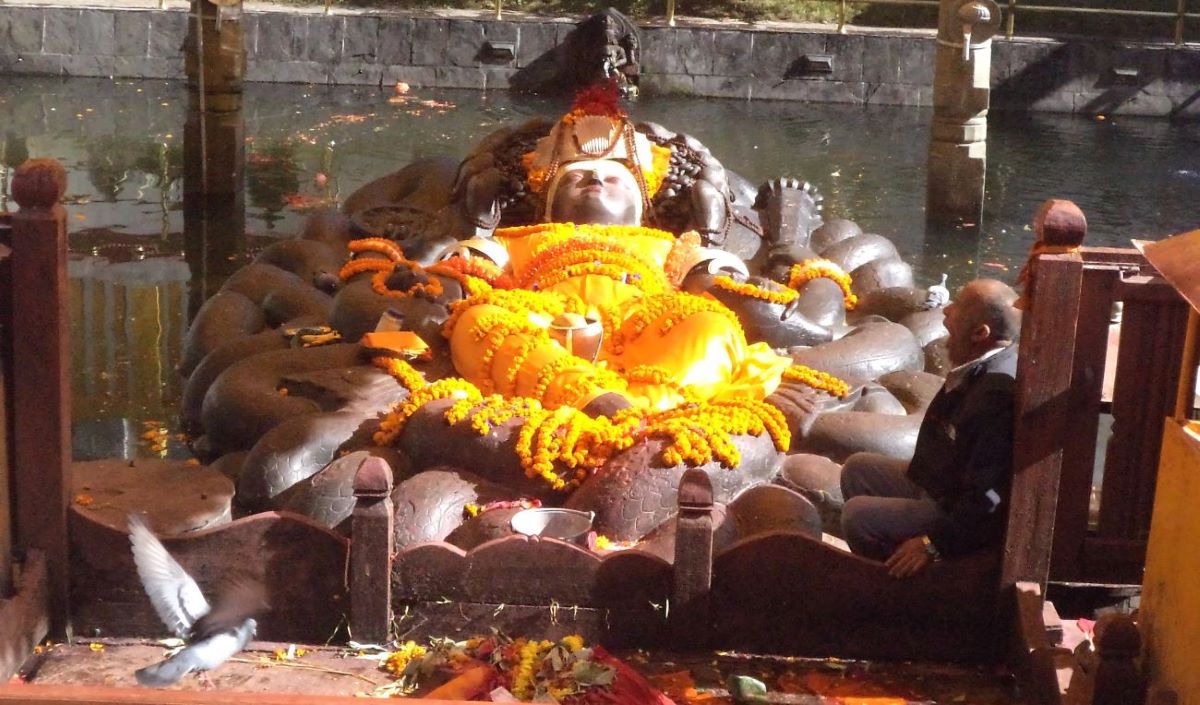
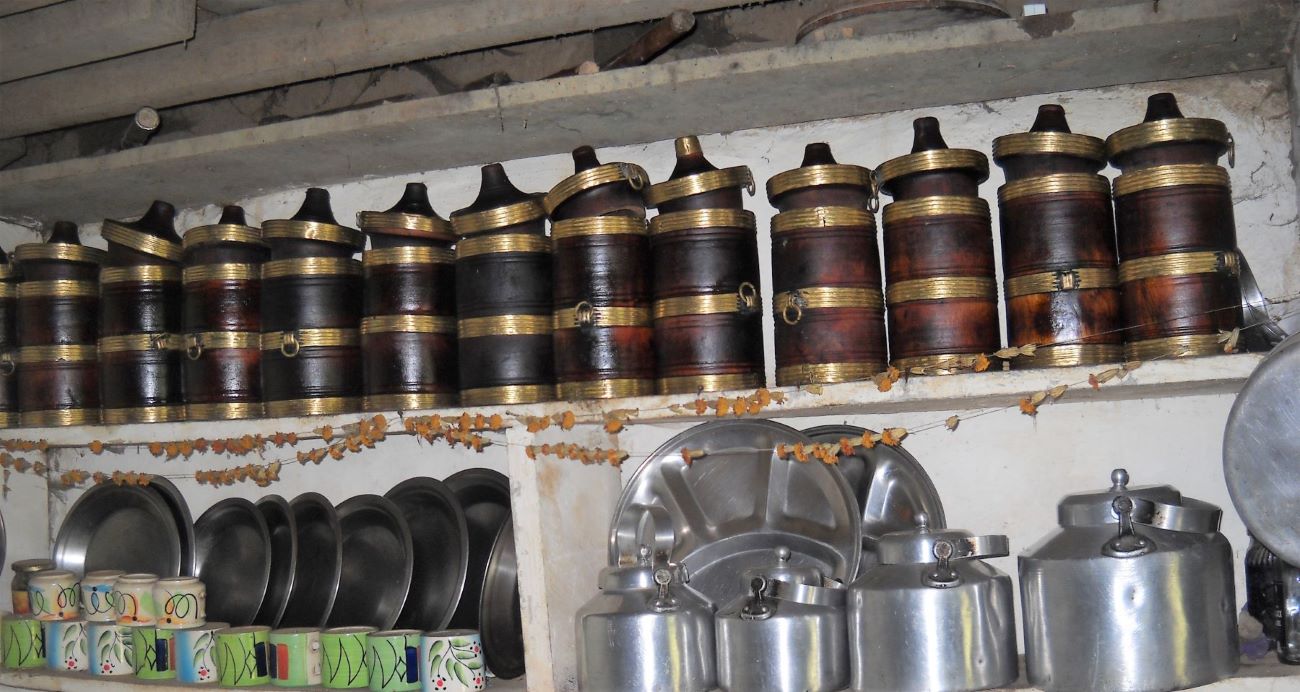
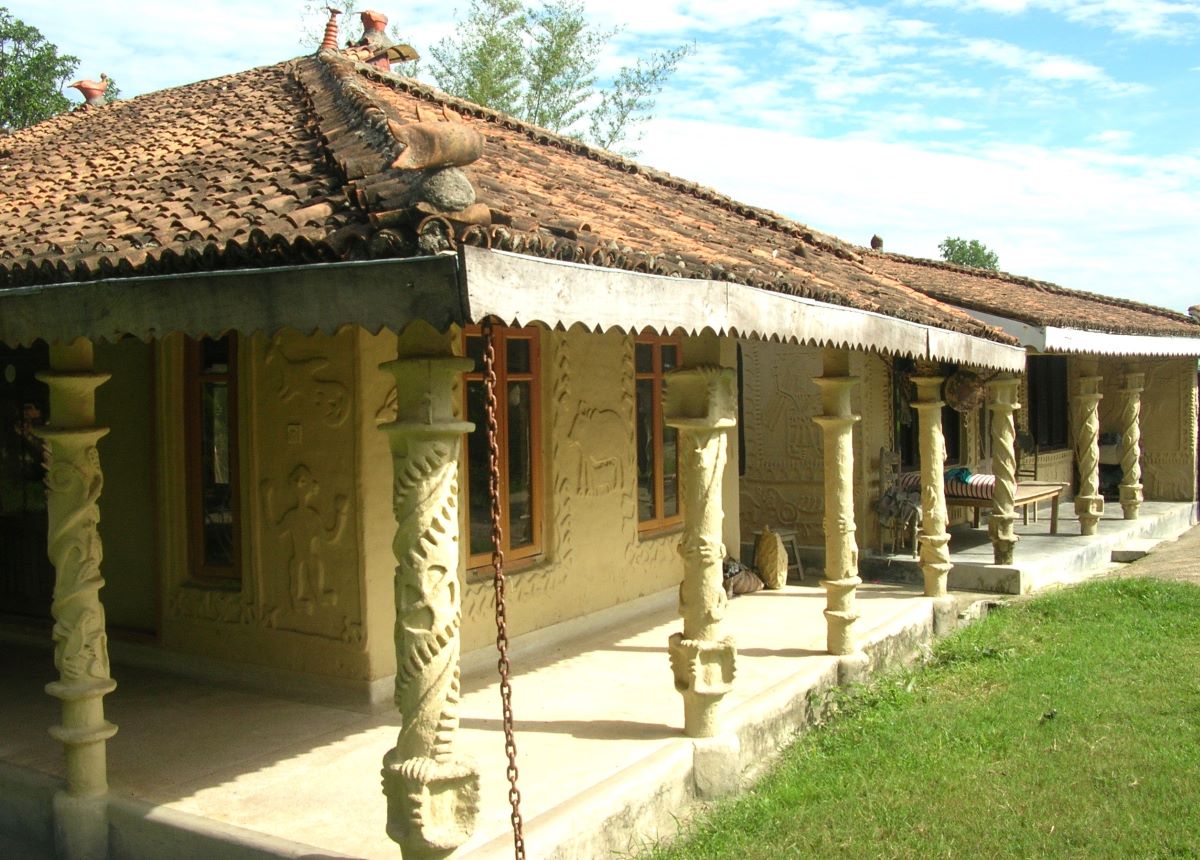
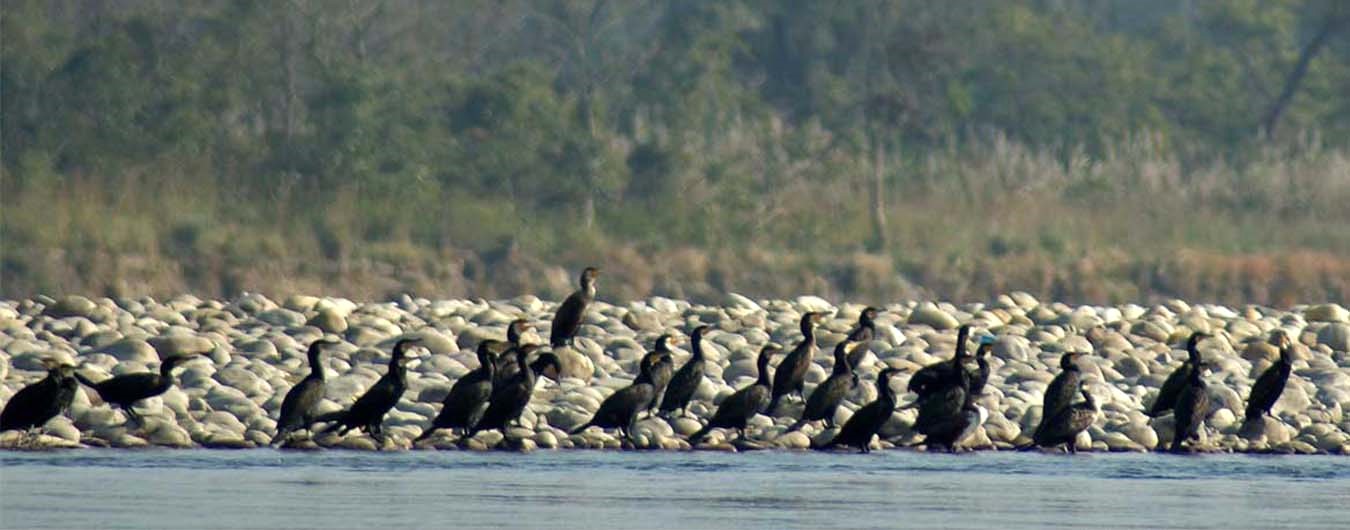
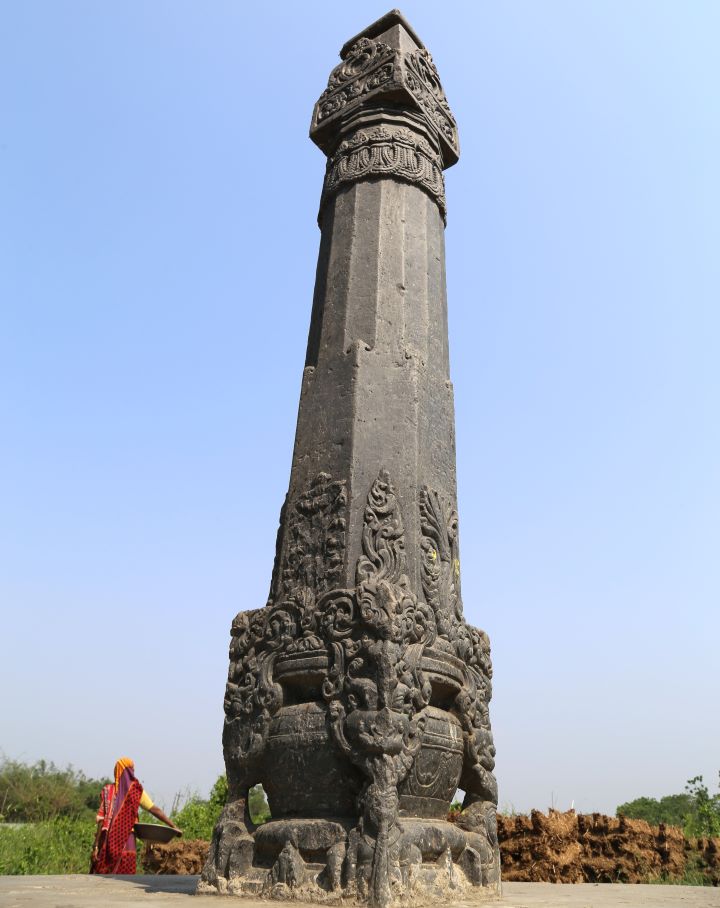
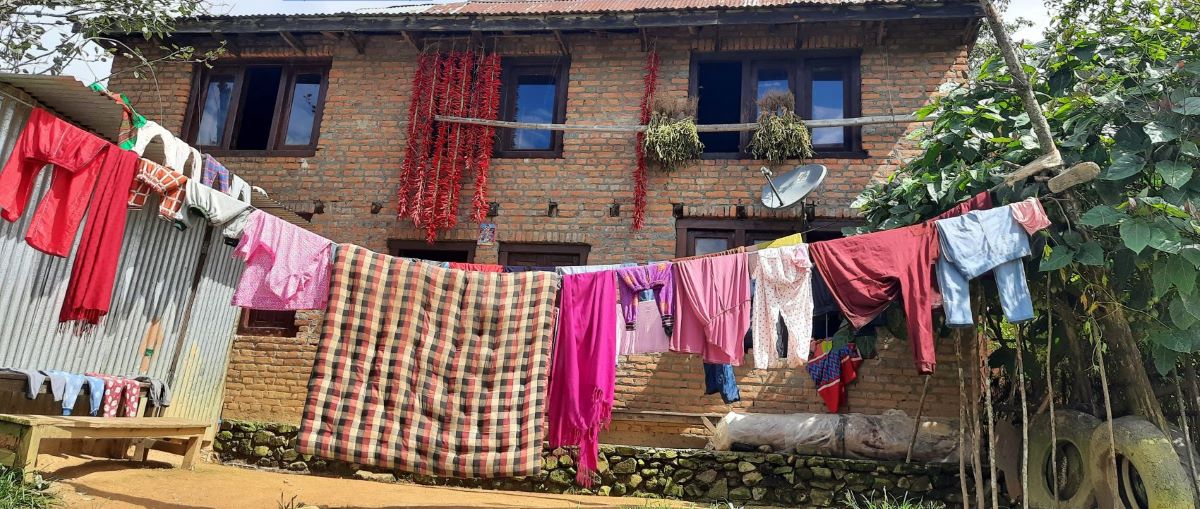
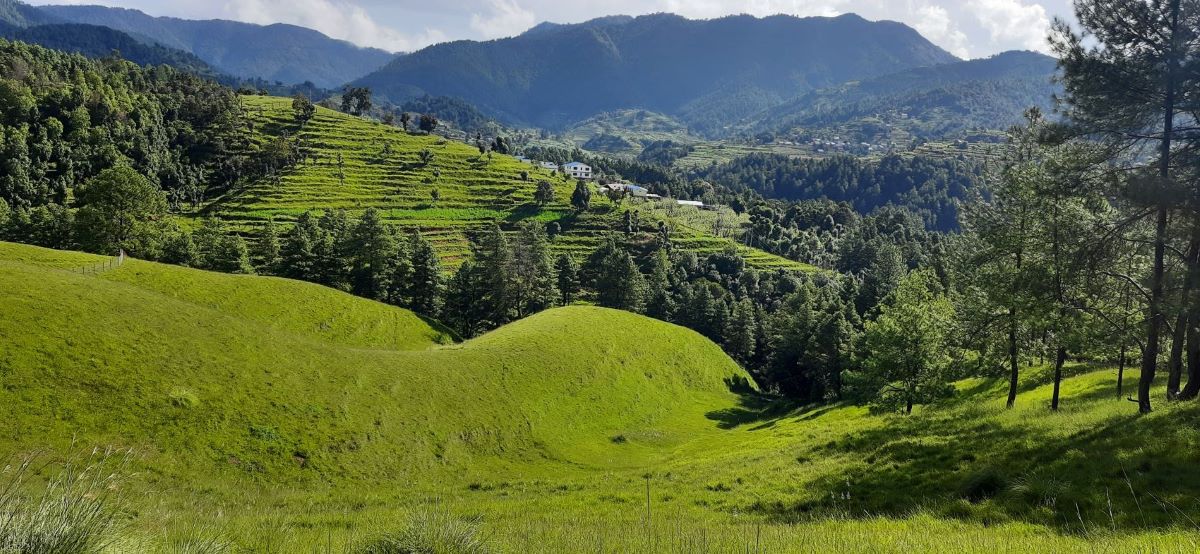
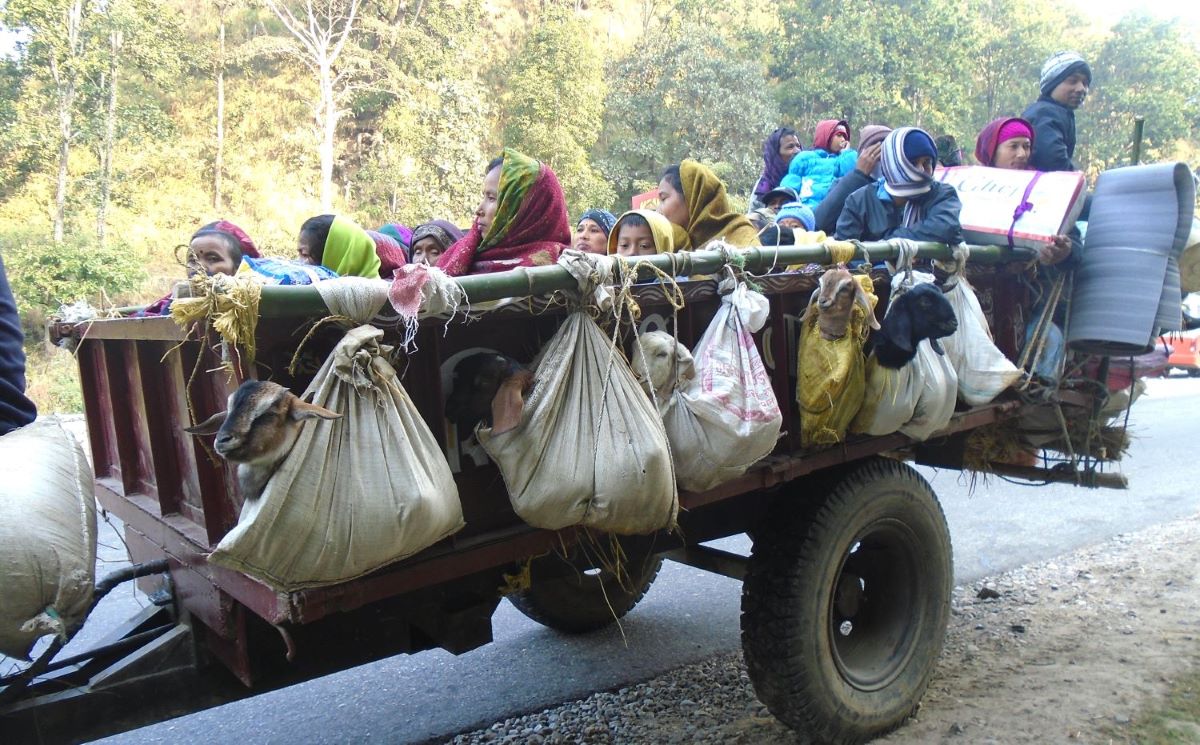
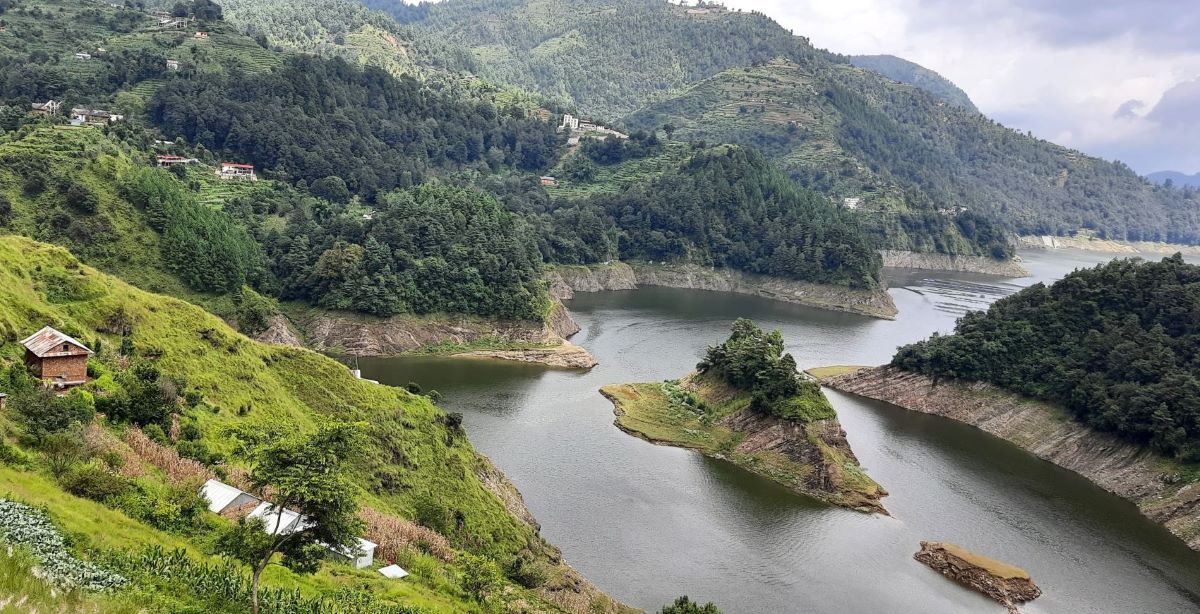
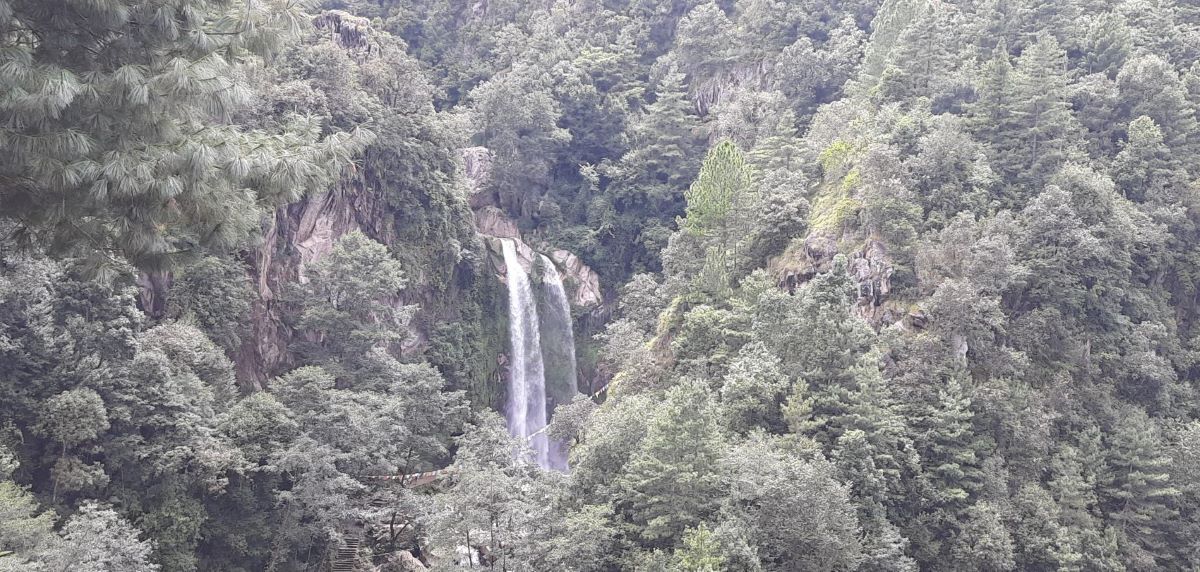
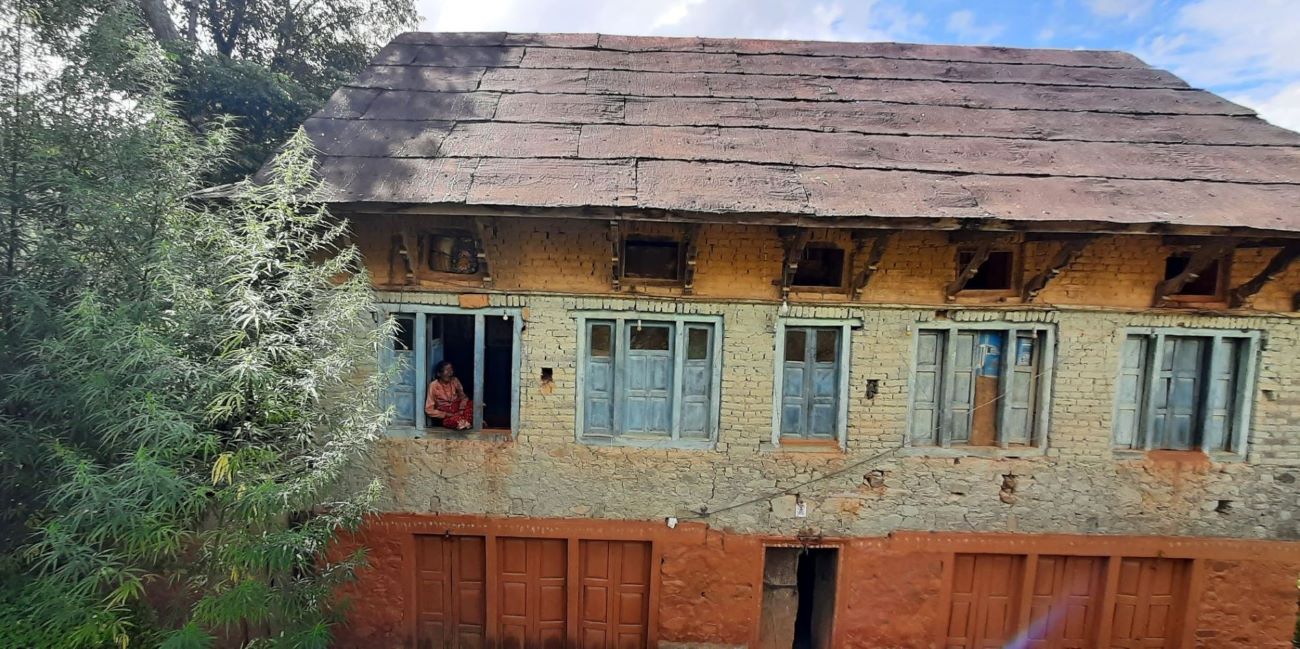
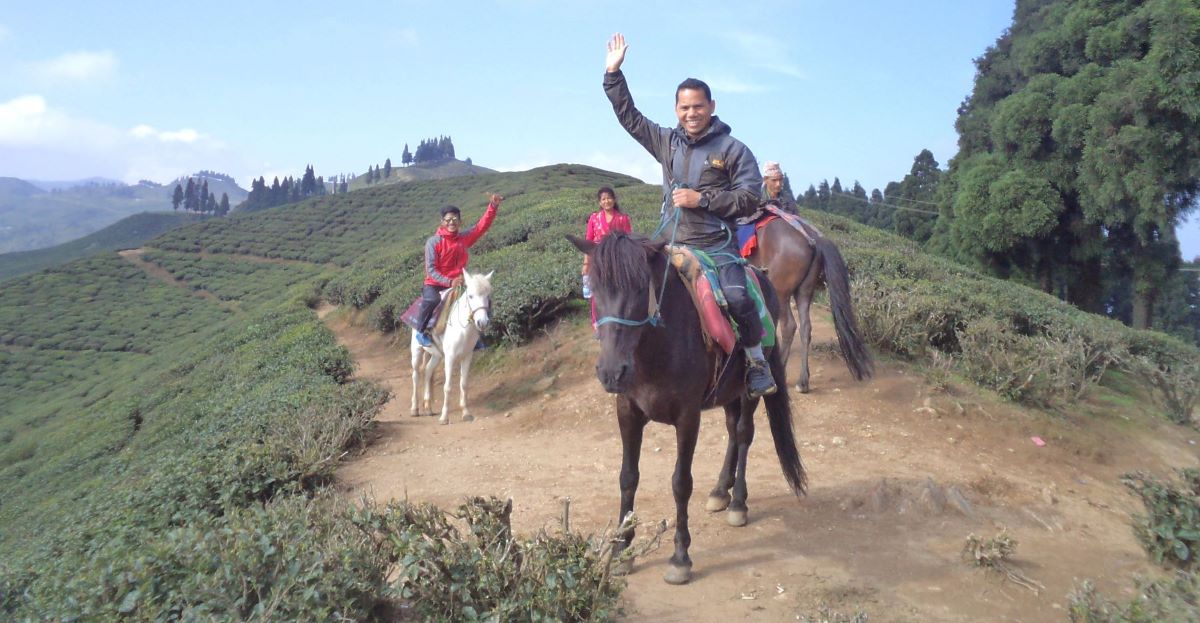
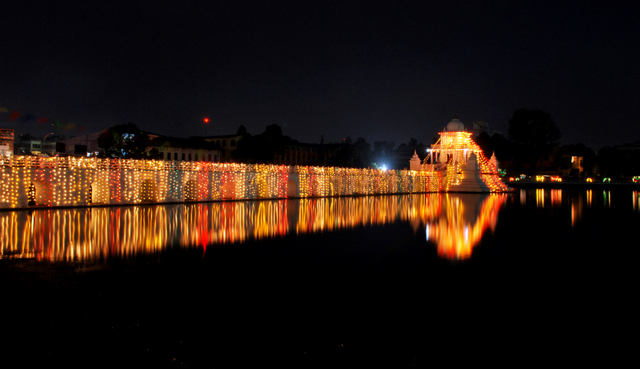
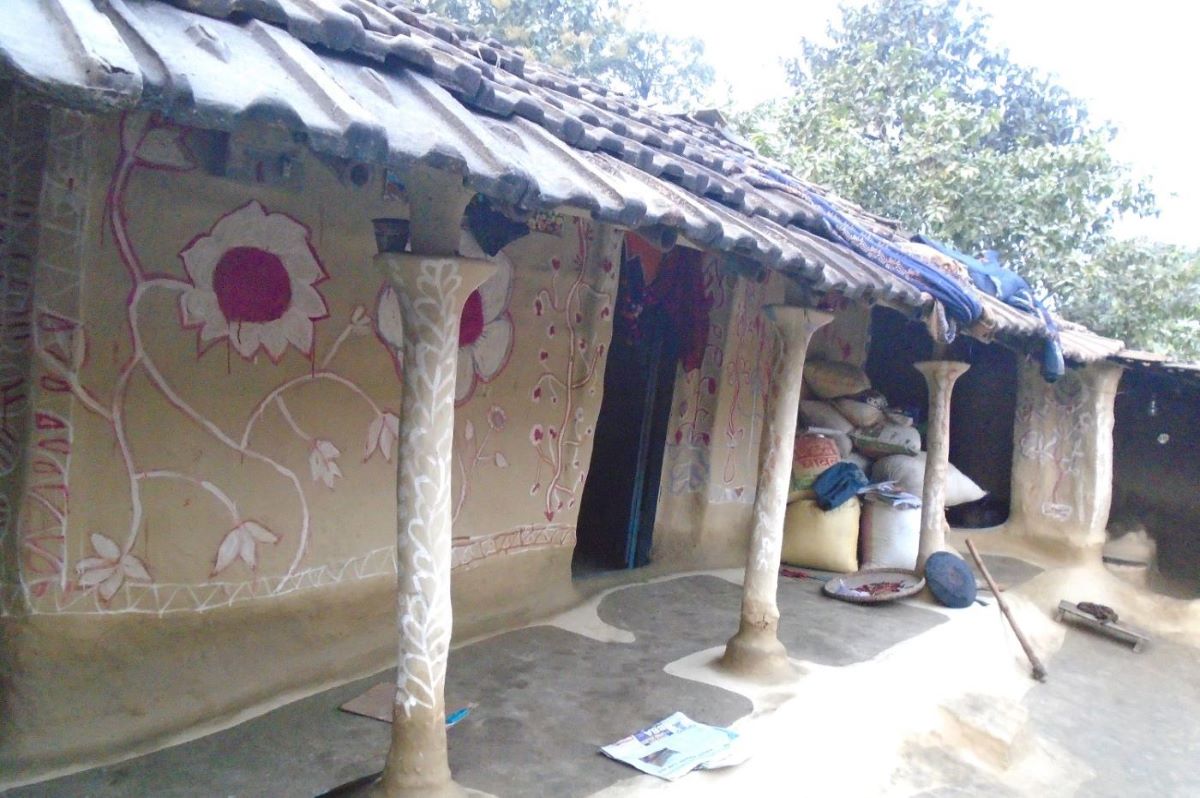
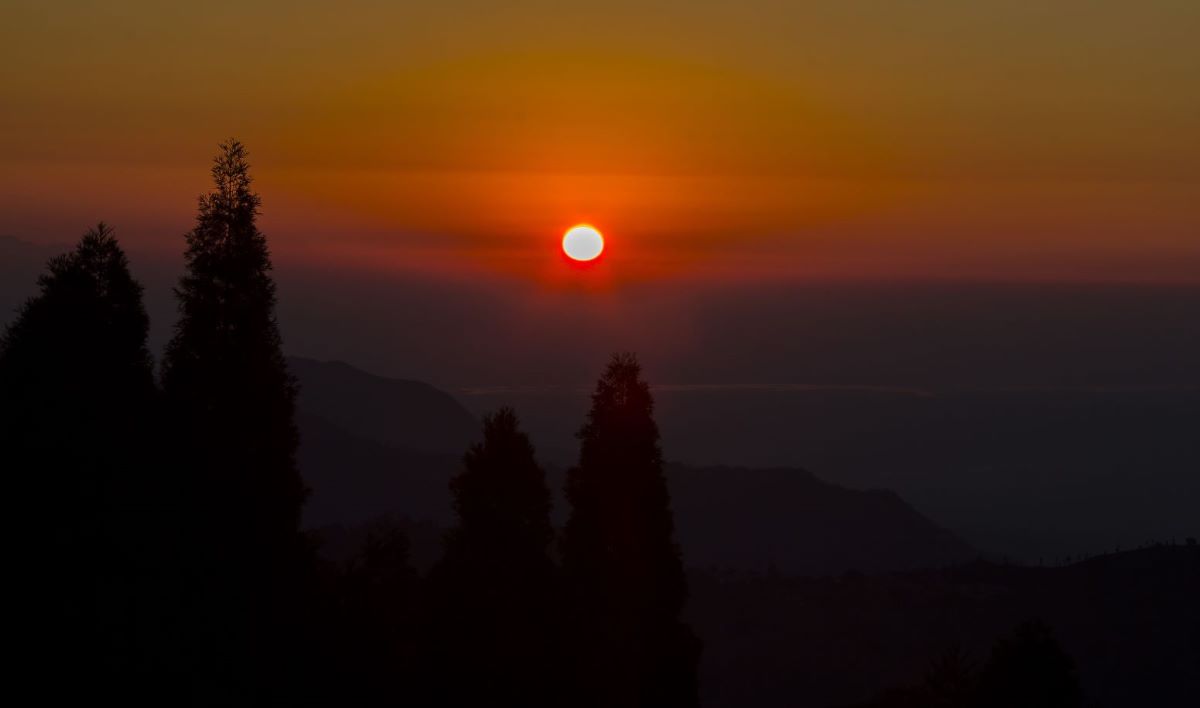
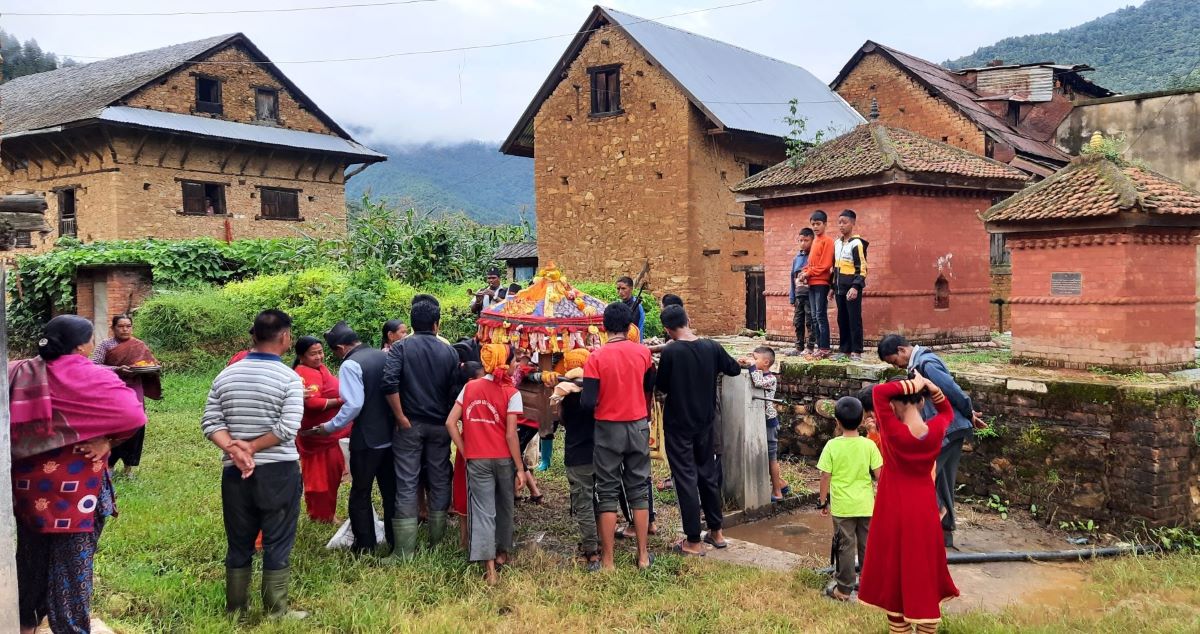
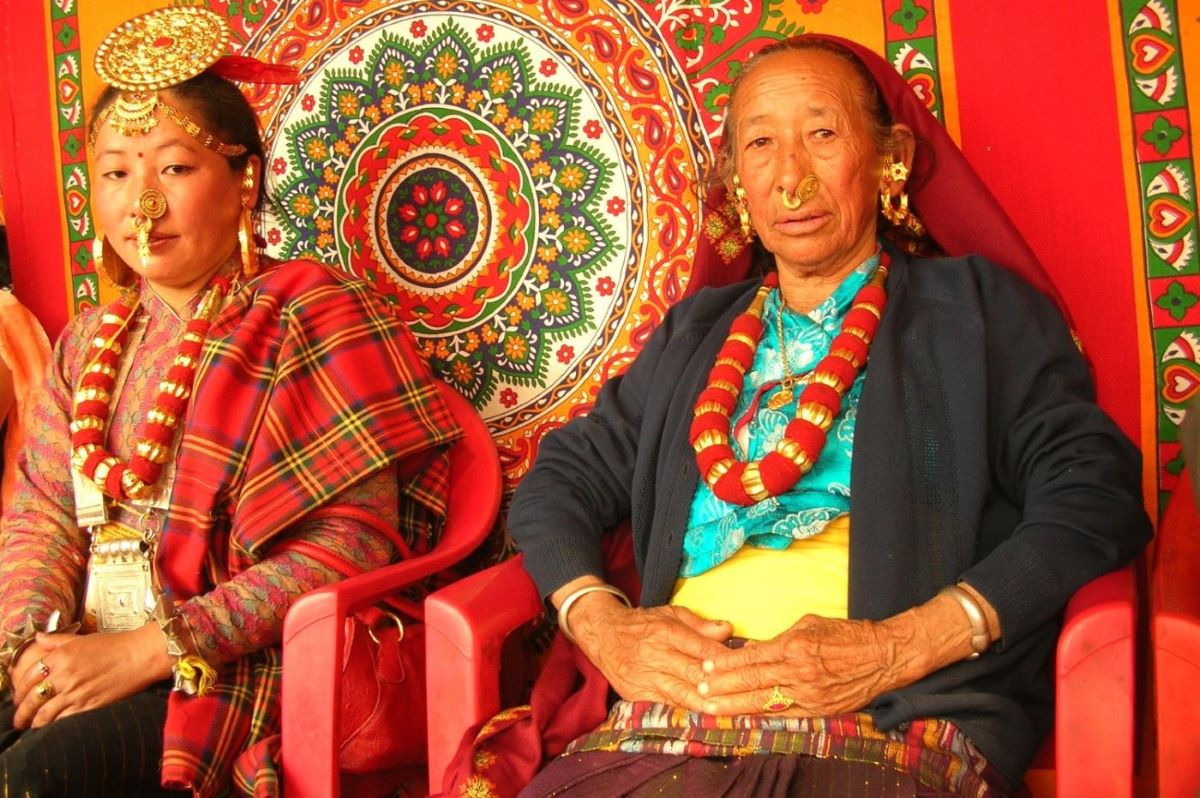
Destination
Activity
Start/End Point
Duration
Grade
Season
Group Size
Hotel/Accomdation
Highest Elevation